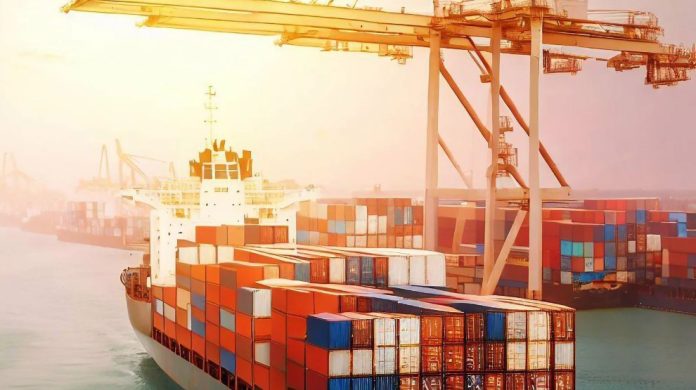Table of Contents
Job opportunities in shipping often change as new ports are developed, creating both benefits and challenges compared to established ones. These differences can heavily impact trade efficiency, economic growth and regional development.
Here we’re looking into a comparison between new shipping ports and existing ones and the jobs in shipping that can develop from these.
How Are New Shipping Ports Compared to the Existing Ports?
Infrastructure and Technology

- New Ports: Typically, new shipping ports are designed with the latest infrastructure and technology. They often feature excellent facilities, including deep-water berths to accommodate larger ships, advanced cargo handling equipment and automated systems for efficient operations. These modern features can lead to faster turnaround times and reduced operational costs.
- Existing Ports: Many existing ports may have older infrastructure that requires upgrades to handle modern shipping demands. While some have been retrospectively fitted with new technology, others may face limitations due to space constraints or outdated facilities, potentially leading to congestion and inefficiencies.
Capacity and Scalability
- New Ports: Designed with future expansion in mind, new ports often have greater capacity and scalability. They can handle larger volumes of cargo and are better equipped to accommodate the increasing size of container vessels. This scalability is important for meeting the demands of global trade and supporting economic growth.
- Existing Ports: While some existing ports have expanded over time, others may struggle with capacity limitations. Physical constraints, such as urban encroachment or environmental regulations, can limit their ability to scale up operations, leading to potential bottlenecks.
Environmental and Social Considerations
- New Ports: The development of new ports often involves extensive environmental and social impact assessments. Modern ports are more likely to include sustainable practices, such as energy-efficient technologies, waste management systems and measures to protect local ecosystems. Community consultation is also commonplace to understand social impacts.
- Existing Ports: Older ports may face challenges in introducing sustainable practices due to legacy infrastructure. Upgrading existing facilities to meet modern environmental standards can be costly and complex, but many ports are taking steps to reduce their environmental impact.
Economic Impact

- New Ports: The construction of new ports can stimulate economic growth by creating jobs, attracting investment and enhancing trade capacity. They can serve as catalysts for regional development, improving connectivity and access to global markets.
- Existing Ports: Established ports often play an important role in local economies, offering employment and supporting industries reliant on trade. However, they may face competition from newer ports with more developed facilities, potentially affecting their economic significance.
Geopolitical Considerations
- New Ports: Strategically located new ports can enhance a country’s position in global trade networks. They can serve as gateways for international trade, attracting foreign investment and strengthening geopolitical links.
- Existing Ports: Long-established ports typically have historical significance and established trade routes. They may benefit from strong relationships with shipping companies and a mature logistics network, but it is necessary for them to adapt to remain competitive.
Final Thoughts
New shipping ports offer several advantages over existing ones, including modern infrastructure, greater capacity and enhanced sustainability. However, existing ports have the benefit of established operations and historical significance.
Both categories of ports play important roles in global trade, and their development and modernisation are essential for meeting the changing demands of the shipping industry. Balancing the strengths of new and existing ports can lead to a more efficient and resilient global trade network.


